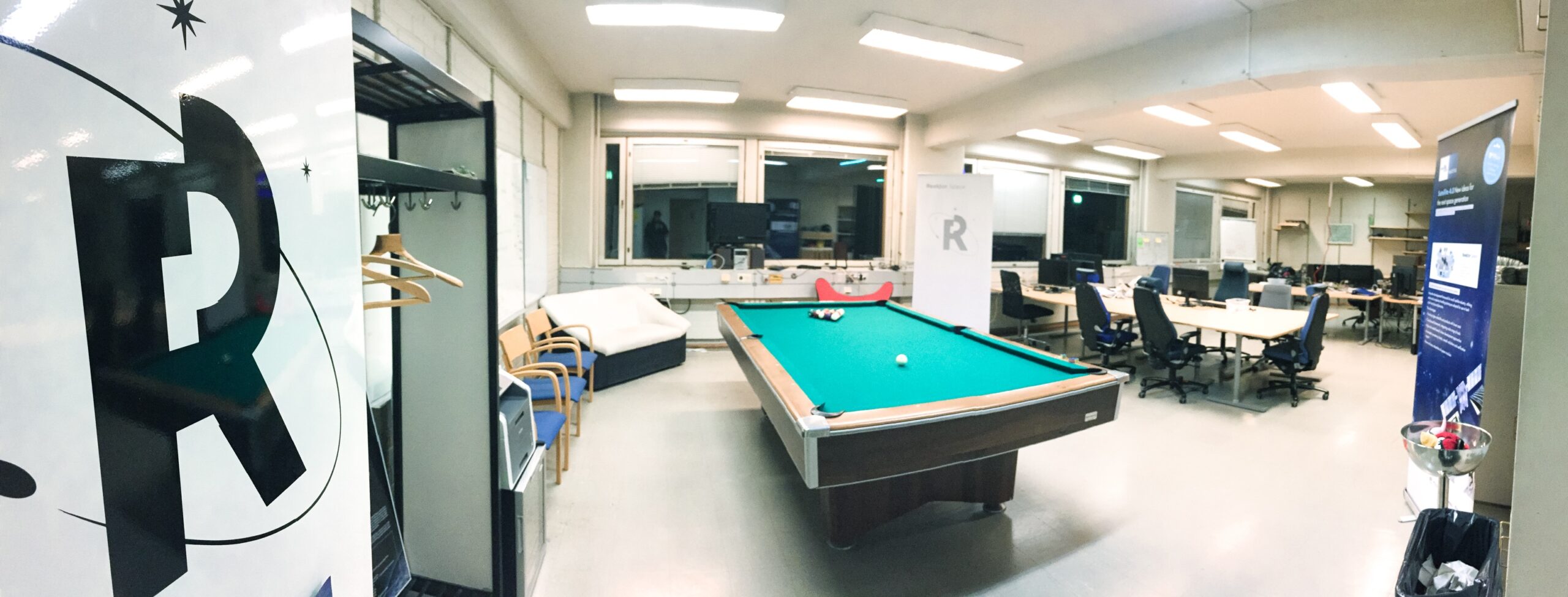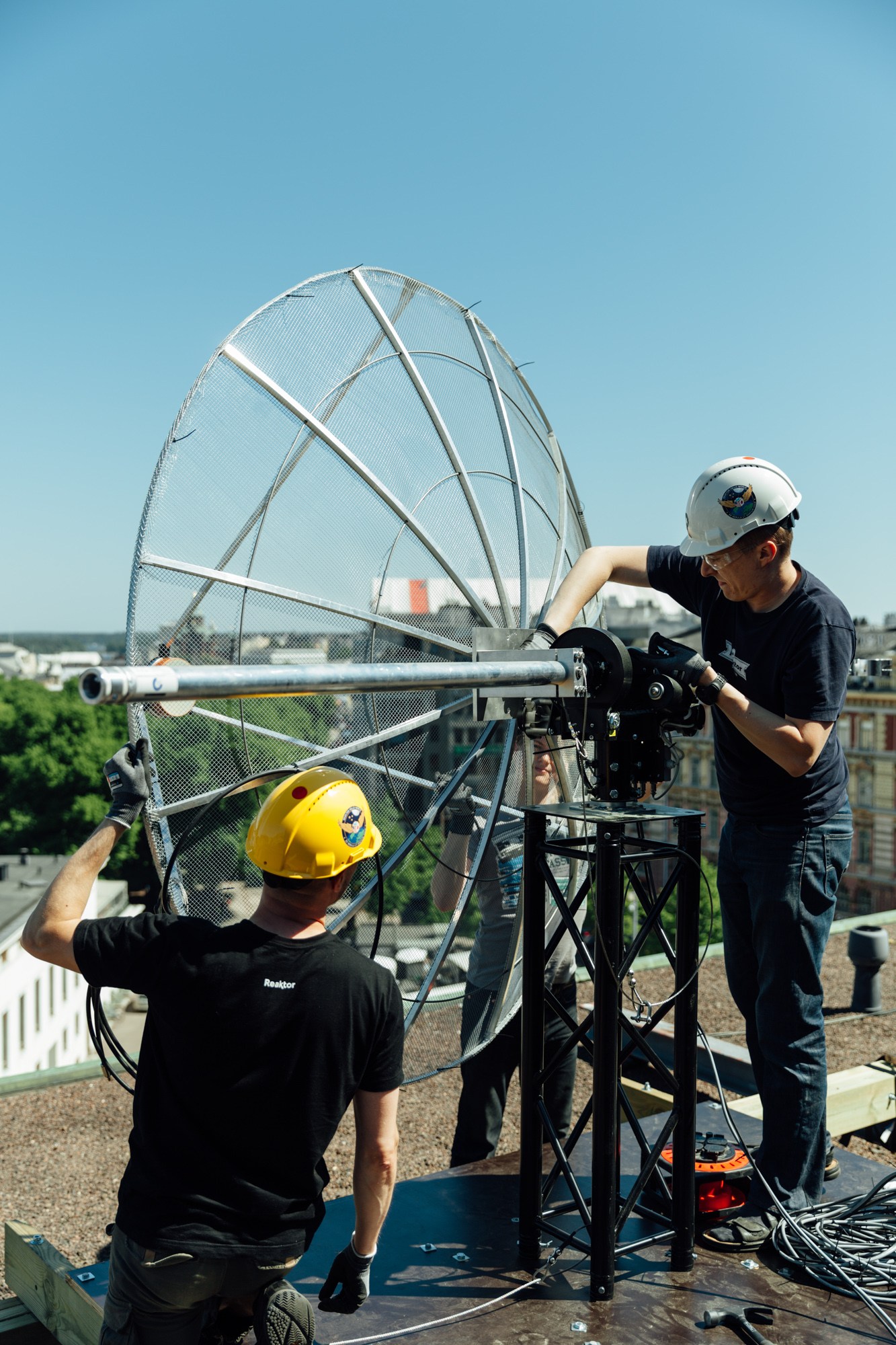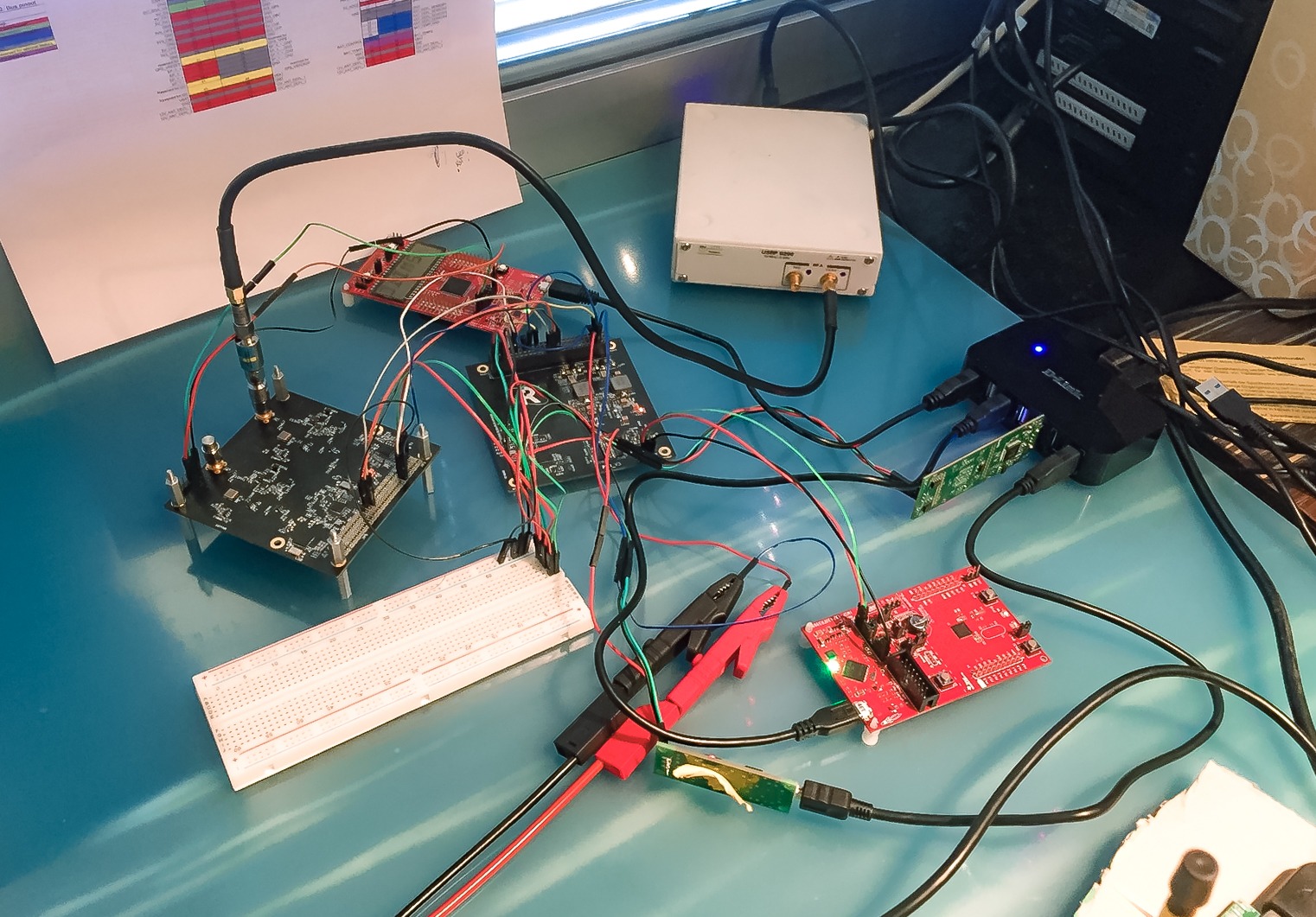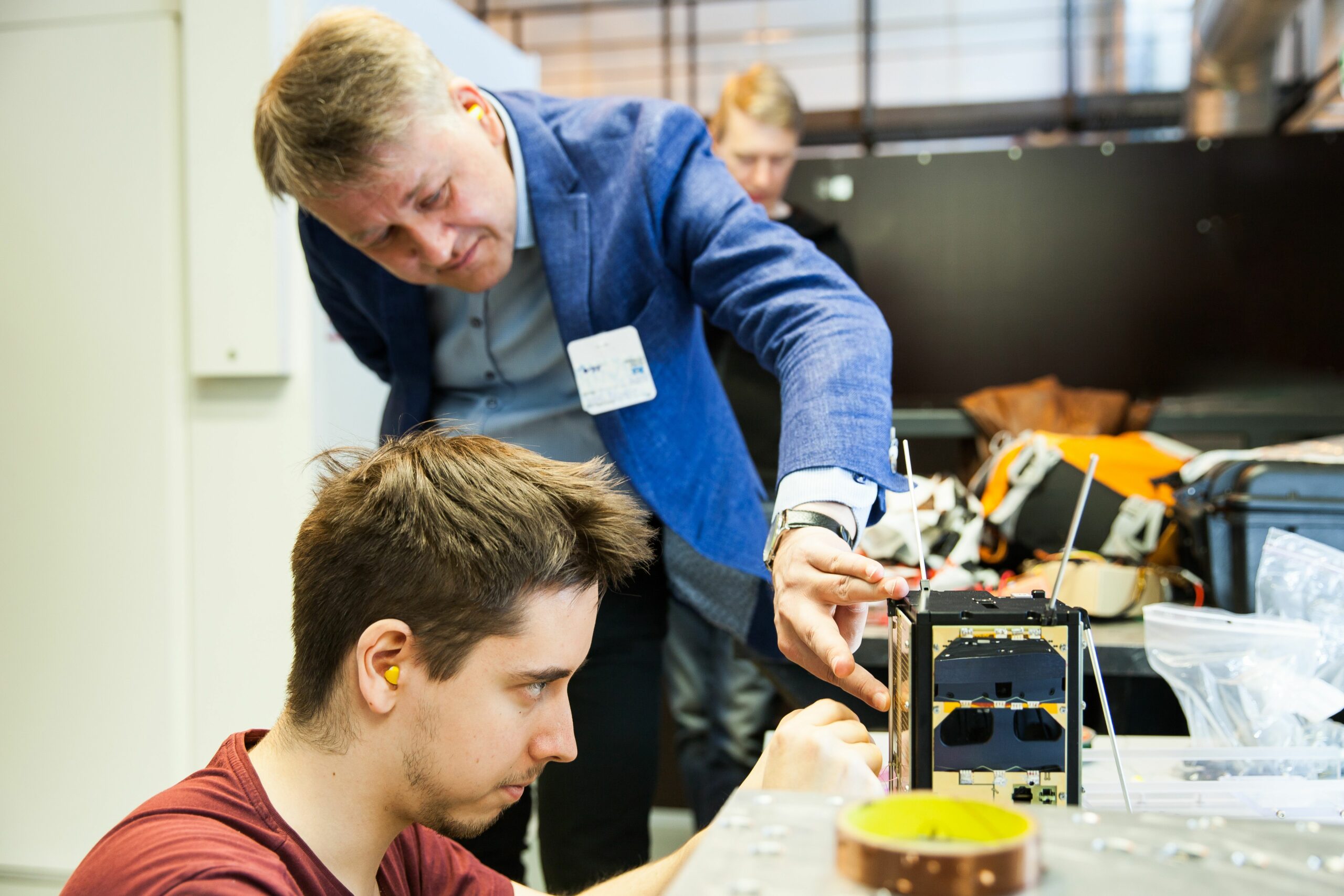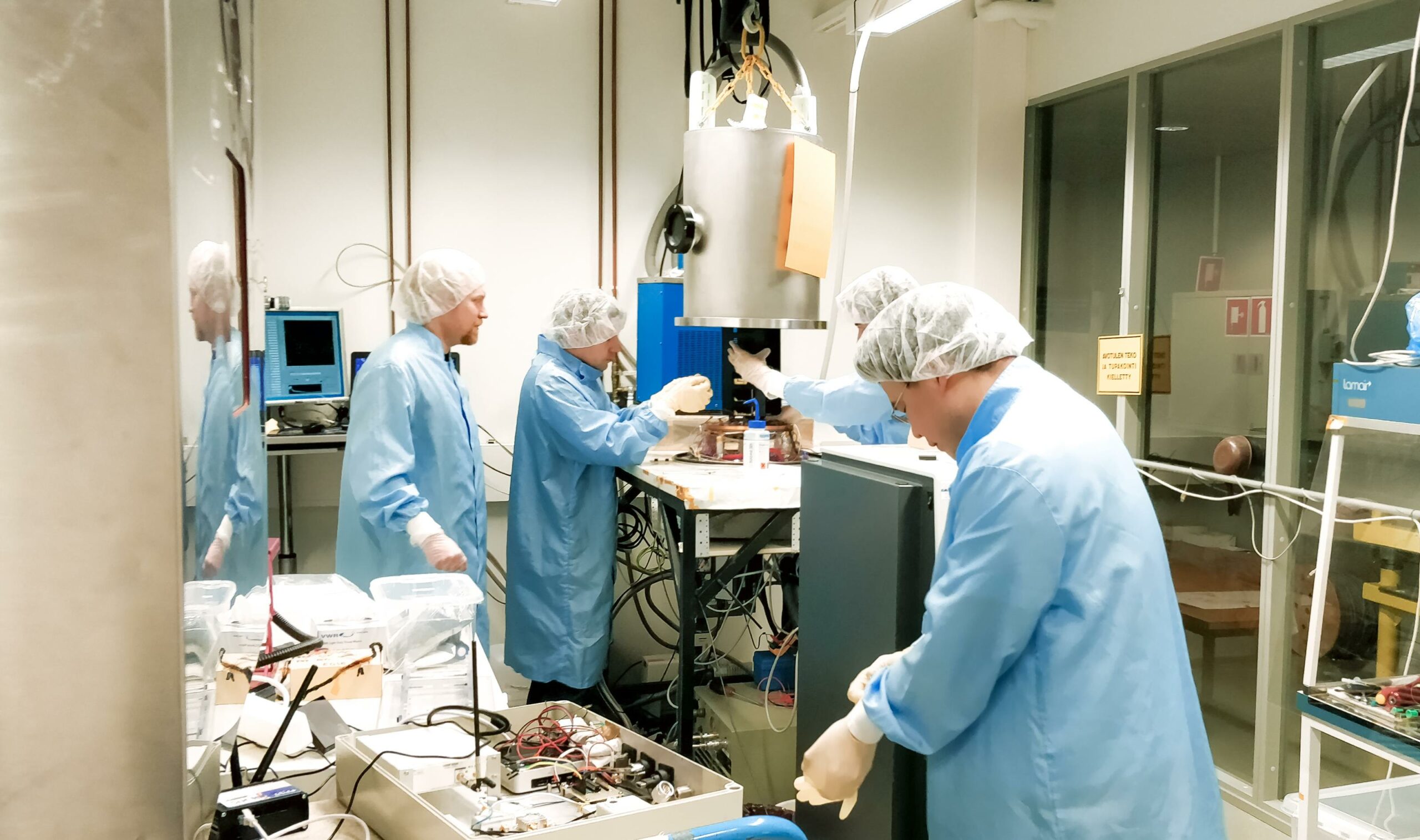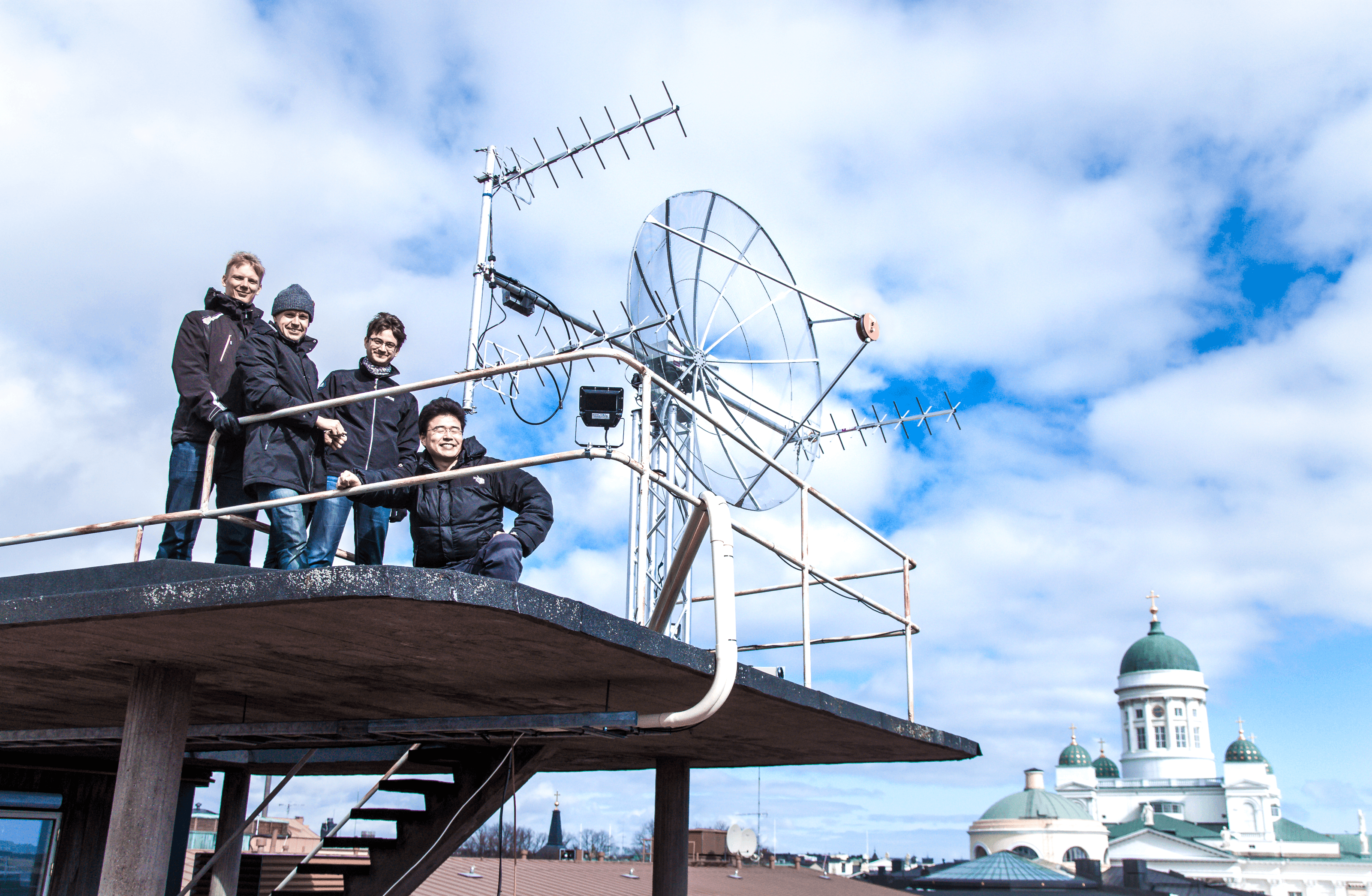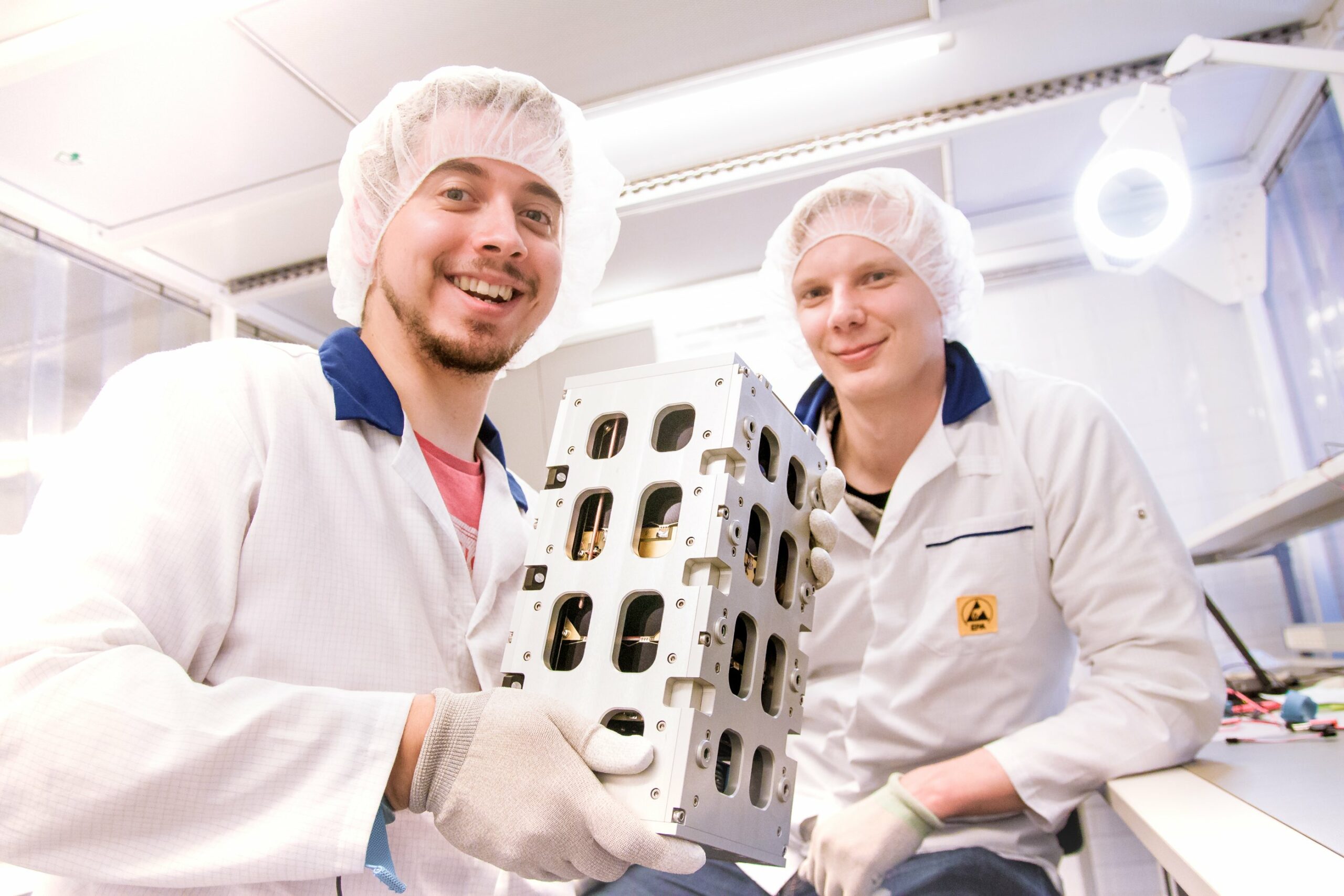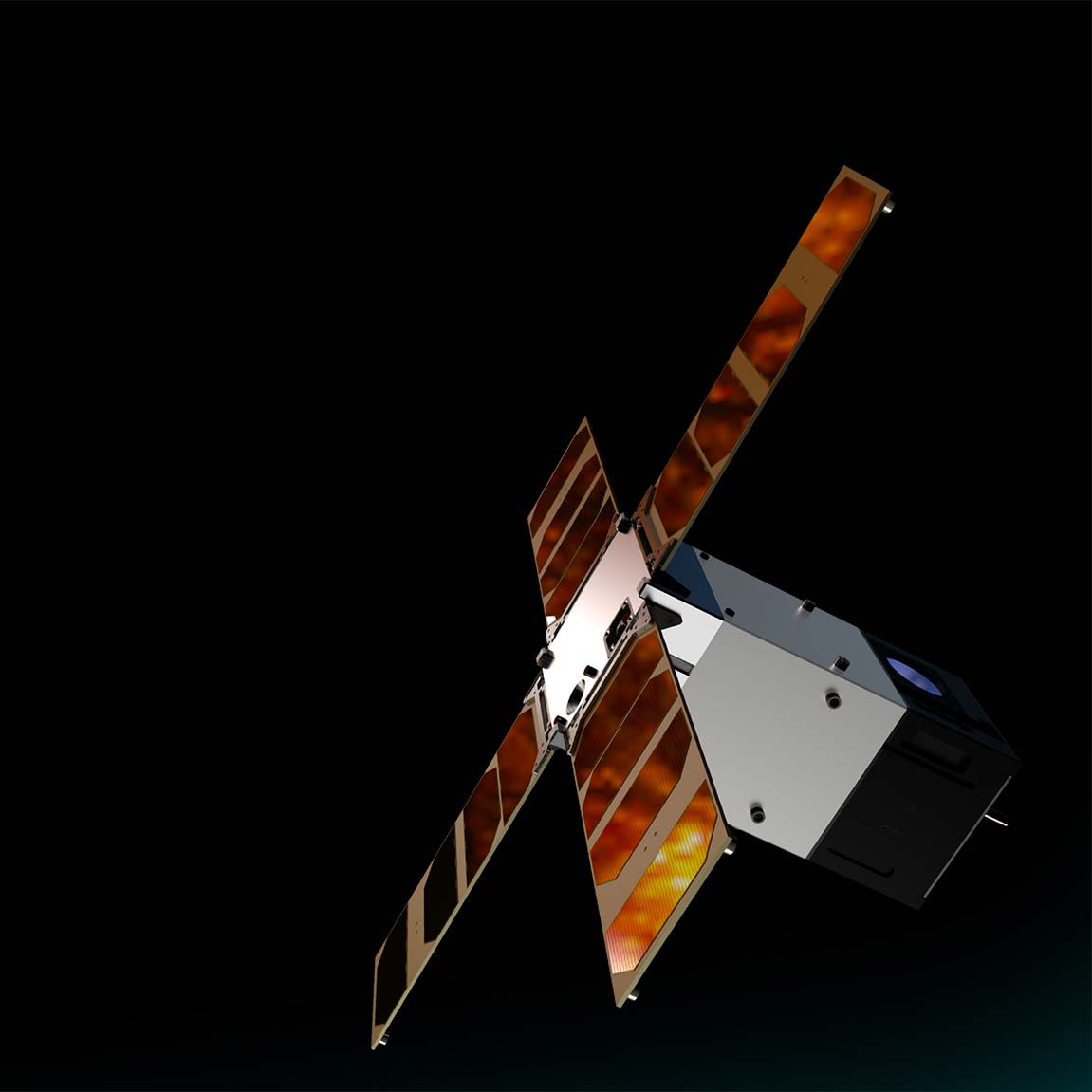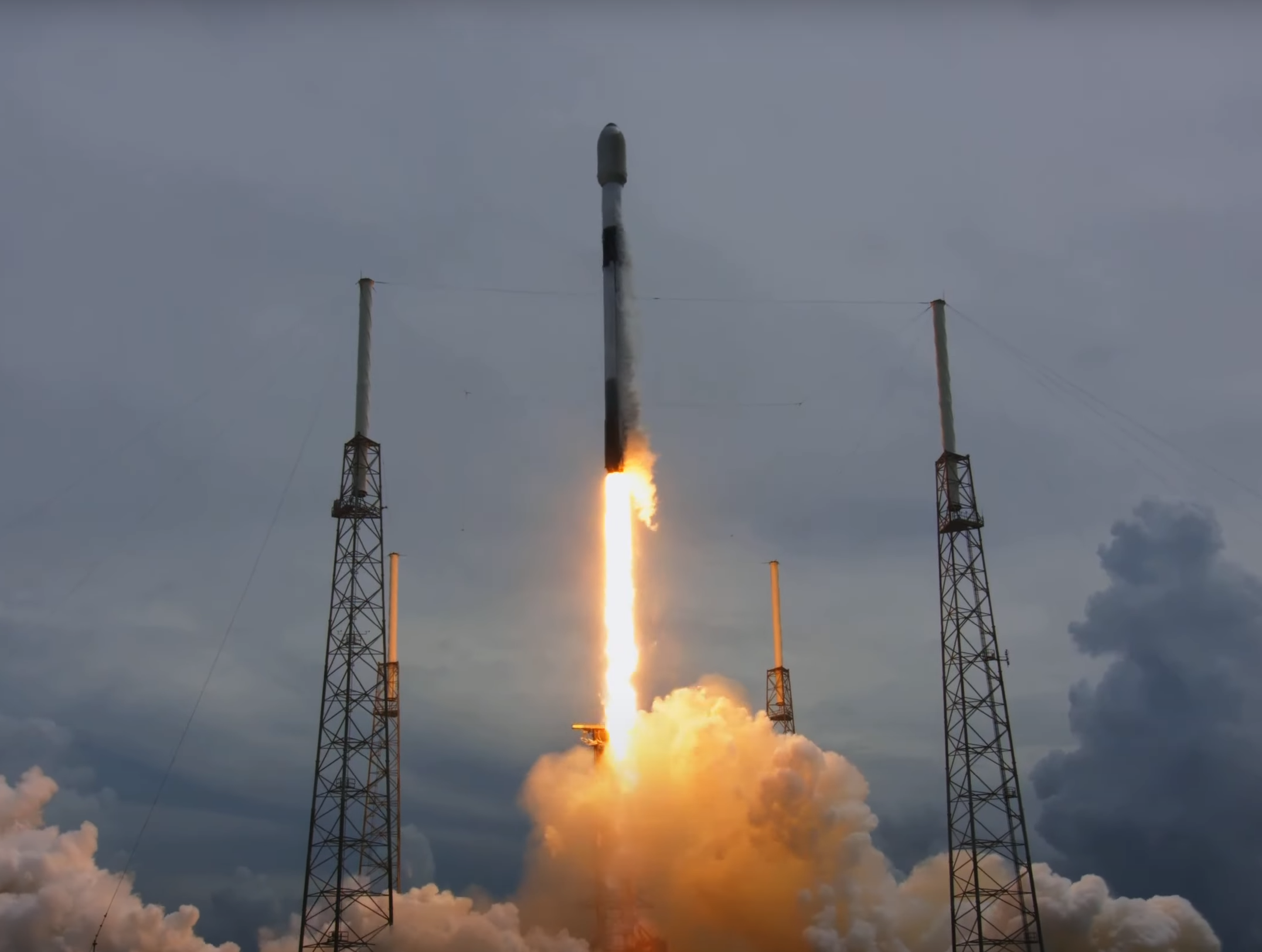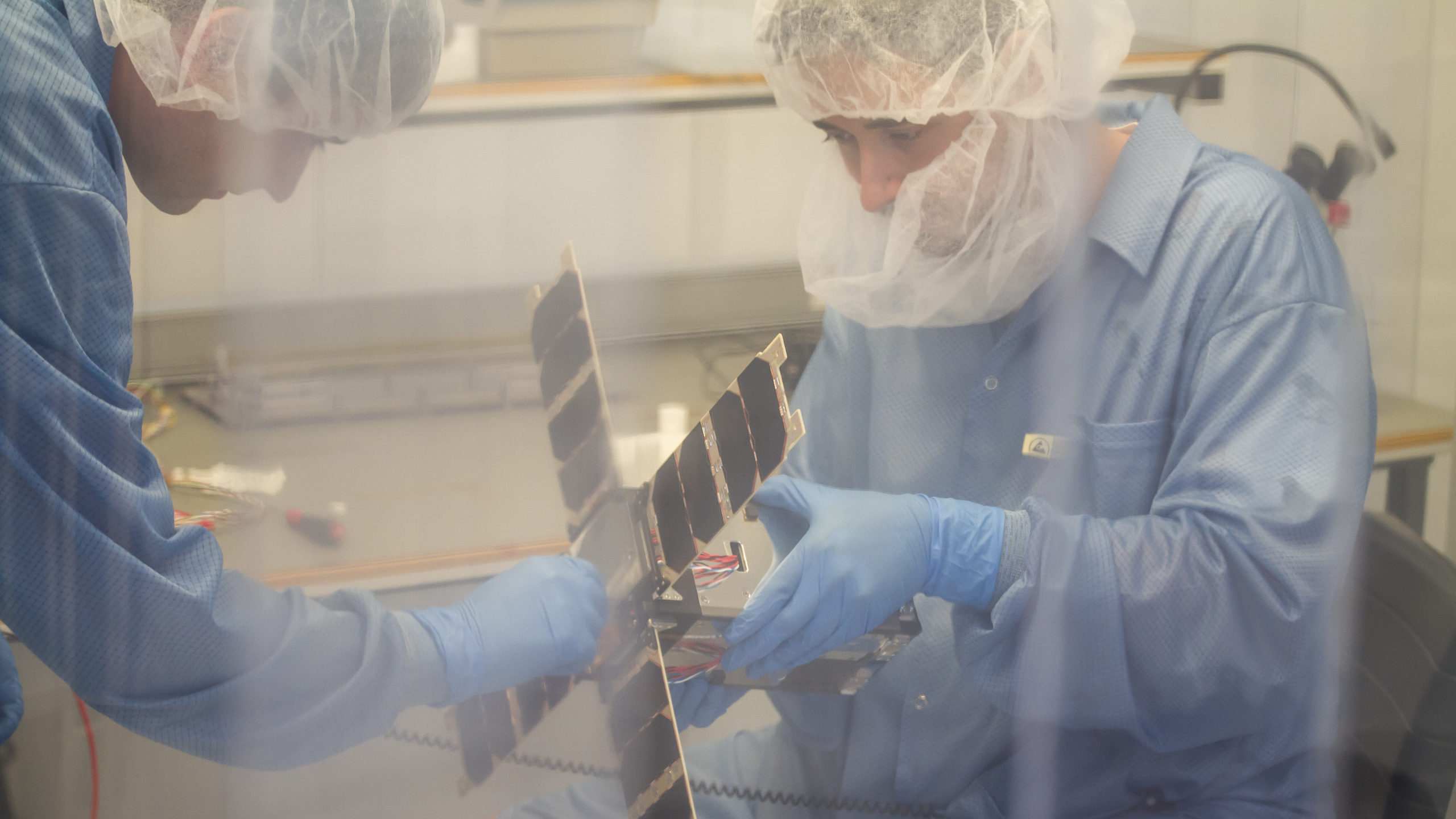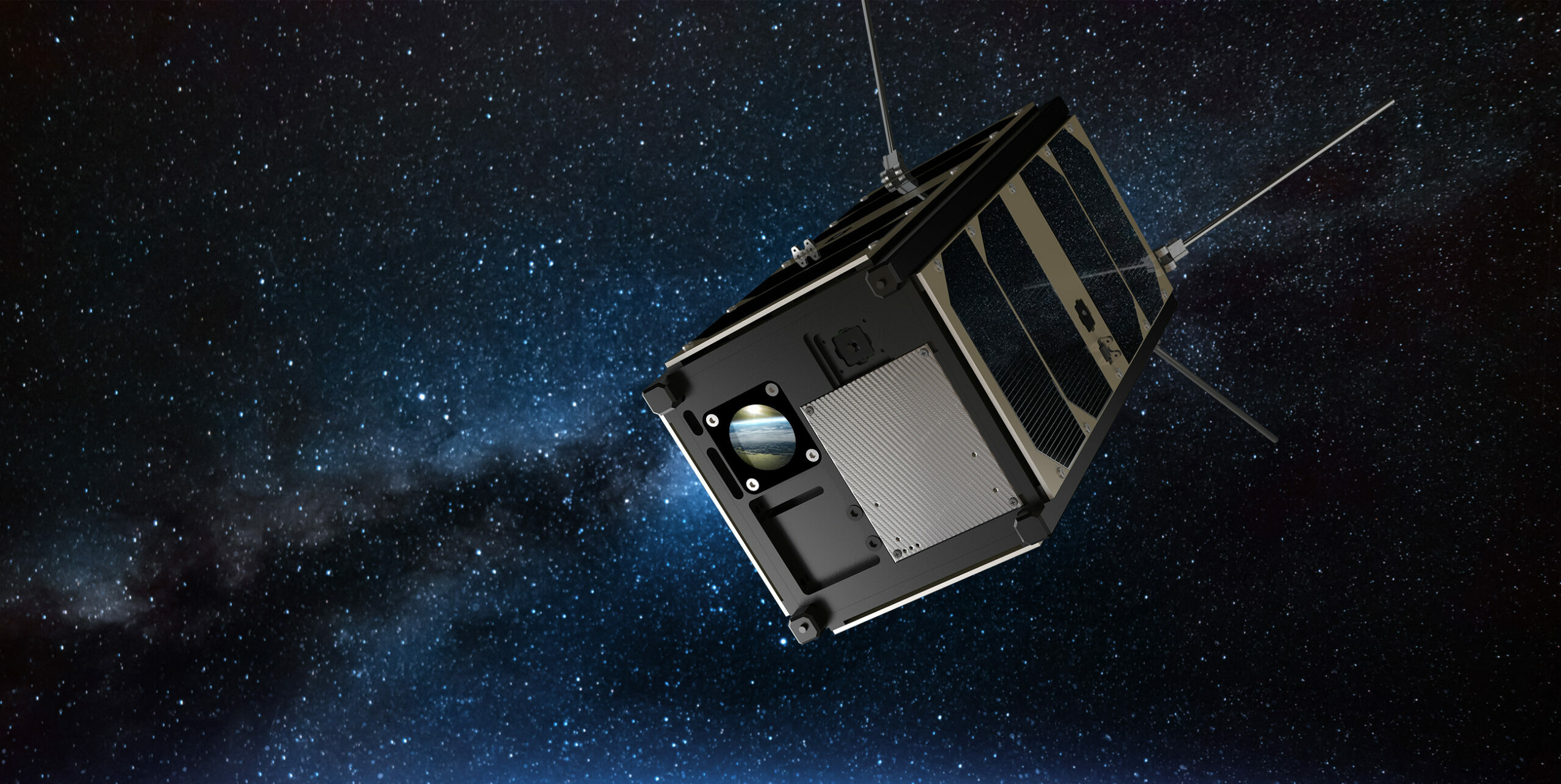Hello World marks a new era of hyperspectral imaging

[Editor’s note: Kuva Space was previously known as Reaktor Space Lab (RSL). RSL was rebranded to Kuva Space in September 2021]
From idea to orbit. Meet Reaktor Hello World
In early 2016, a new chapter began in the world of Finnish satellites at Aalto University. Juha-Matti Liukkonen from Reaktor Innovations knocked on our door, seeking a nanosatellite. But this encounter evolved into something more profound—a vision to revolutionize satellite technology and its impact on Earth.
Quite soon after, in April 2016, the Reaktor Space Lab was born, backed by Reaktor Ventures and the expertise of Reaktor Innovations. This collaboration empowered us to offer end-to-end solutions for satellite needs.
Building on the knowledge of Aalto satellites, we reimagined Hello World’s satellite architecture, making it versatile and resilient. With the addition of an innovative infrared space hyperspectral imager from VTT, Reaktor Hello World emerged as the first nanosatellite to host an infrared hyperspectral camera in the world, ready for its 2018 November launch.
Immediately after the successful launch of Hello World, new business opportunities emerged, including designing Finland’s first satellite for the European Space Agency (W-Cube) and Europe’s first deep space nanosatellite (Sunstorm) in 2018. Collaborations also produced satellites to improve connectivity and monitor the environment.
Seeing the invisible
The hyperspectral imager on board the Reaktor Hello World is the smallest hyperspectral imager (HSI) ever to be flown in space (less than 500 g). The imager design is heavily based on the heritage from Aalto-1 (first hyperspectral imager on a nanosatellite, 2017), but the Hello World imager operates completely in the infrared wavelengths (900-1400 nm).
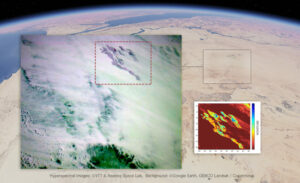
The image above captures the Sahara region, showcasing an irrigation experiment near the borders of Libya, Egypt, and Sudan. In the upper right-hand corner, you can see fields that are part of the project. The close-up, reddish image measures the spectral signature of water, allowing us to visualize the moisture content in the soil. By analyzing the image, we can see that some areas are better irrigated, indicated by blue-green shades, while others appear drier, shown by yellow-orange tones.
Hello World’s hyperspectral imager has a tunable filter for modifying wavelengths, allowing us to customize wavelengths for various targets and applications. This unique feature enables us to precisely capture and analyze spectral data at specific wavelengths, obtaining more accurate and detailed information.
RHW Payload Engineer Antti Näsilä
The primary goal of the Hello World HSI is to showcase the possibility of realizing infrared hyperspectral imaging on a nanosatellite, a pioneering endeavor. Throughout this demonstration, we compiled test data for validation, and perhaps uncovering novel applications along the way. This data holds potential for diverse applications, including but not limited to ocean monitoring, agriculture, forestry, and geology.
Tuomas Tikka, RSL CEO
We’ve pulled together a photo gallery to share our key moments – including building the first nanosatellite in the world with an infrared hyperspectral imager, Hello World.
